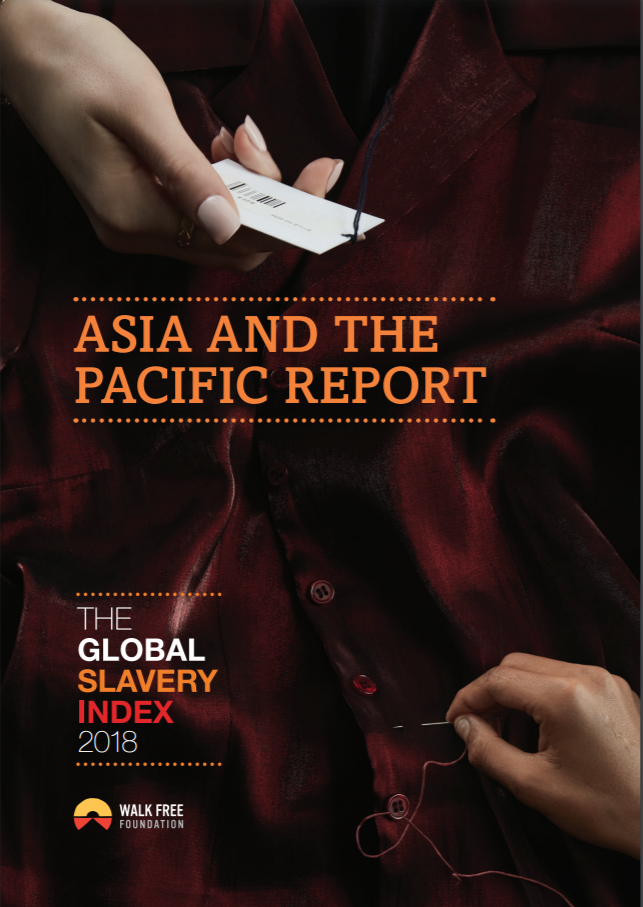Independent Thematic Evaluation of the ILO’s Work in Post-Conflict, Fragile and Disaster-Affected Countries: Past, Present and Future. Annex 1 Country Reports

Since its foundation, the ILO has contributed to state building through social reform, by promoting democratic participation, social dialogue and fundamental rights. In more recent years, it has also highlighted the role of socio-economic programmes and policies in peace building and the recovery of countries involved in conflicts, violent social unrest, natural disasters and other types of crises, such as abrupt financial and economic downturns.
Post-conflict, fragile and disaster-affected countries are characterized by instability, insecurity, poverty and inequality. The lack of employment opportunities and livelihoods, unemployment and underemployment, inequalities and lack of participation can in turn be catalysts for conflict, crises and fragility-aggravated poverty, unemployment and informality, creating a vicious circle leading to even greater fragility.
Also, state fragility and the related instability may create “spill-over effects” and thus contribute to the destabilization of neighbouring states and regions.
Nevertheless, ILO experience to date demonstrates that the promotion of employment and decent work in situations of fragility plays a key role in pulling individuals and societies out of crisis, and setting them on a sustainable development path.
Country
Worldwide
Region
Worldwide
Year
2015





